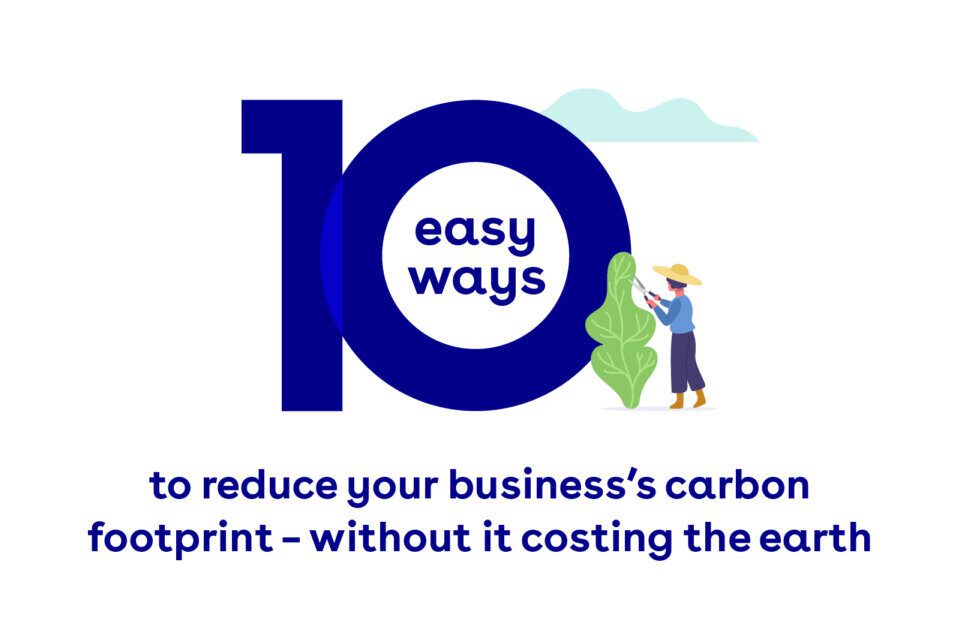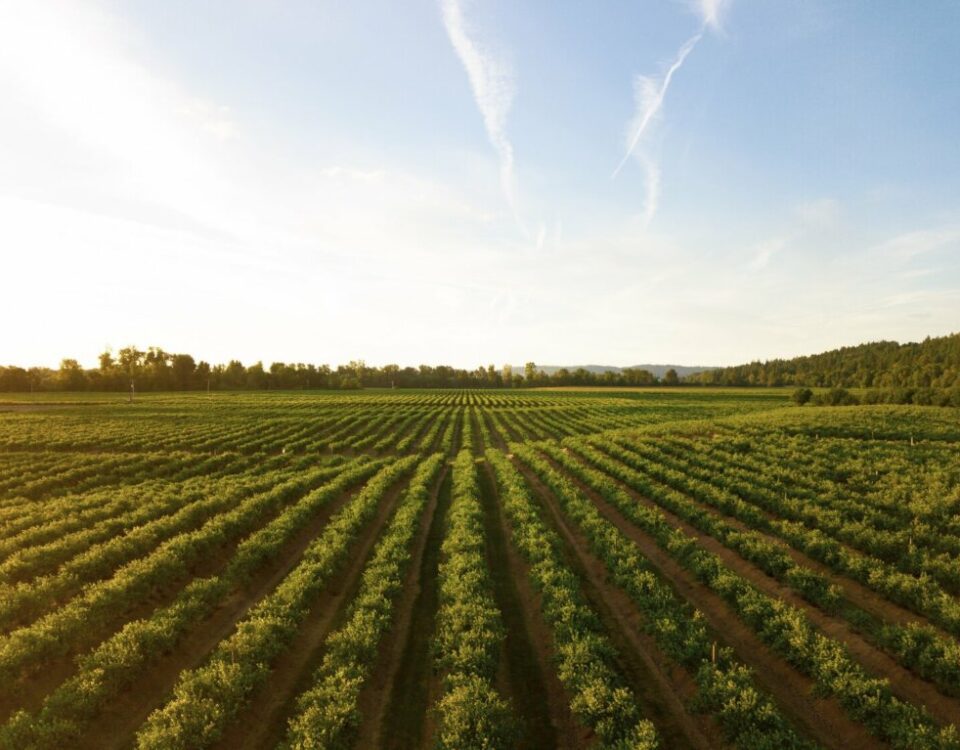Rotational Burning on UK Peatlands

What are Peatlands and why are they important?
Peatlands are wetland ecosystems where permanently waterlogged conditions prevent the complete decomposition of plant and organic matter, resulting in a naturally accumulated layer of carbon-rich peat. They are the most efficient natural organic carbon store on the planet, covering 2.8% of the Earth’s terrestrial land surface and exist in every global climatic zone. They provide important environmental services such as carbon storage, water management and biodiversity support.
Peatlands in the UK
There are three types of peatland found in the UK; blanket bog, raised bog and fens. Combined, they make up 12% of the UK’s land area and are regarded as England’s ‘national rain-forests’. As one of the Earth’s most carbon-rich ecosystems, it is estimated that UK peatlands alone store over three billion tonnes of carbon, approximately the same amount as all of the forests in the UK, France and Germany combined. Despite this, peatlands are often over exploited and damaged by drainage, agricultural conversion, mining and burning.
UK Legislation for Peatland Burning
‘Rotational’ burning is a technique used by the land managers of moorland and blanket bog for agricultural purposes, as well as to facilitate game hunting. This technique has serious implications for global climate change progress; Moors For The Future estimates that damage to UK peatlands contributes to the release of approximately 10 million tonnes of carbon dioxide each year.
Therefore, the restoration of England’s peatlands, specifically blanket bog, has recently become a government priority, as doing so is thought to help the UK achieve Net Zero emissions by 2050. Environment Secretary George Eustice emphasised the importance of effectively managing these ecosystems, saying:
“Our peatlands have great potential as a natural store of carbon, as well as protecting habitats, providing a rare haven for wildlife and being a natural provider for water regulation.”
New legislation introduced by DEFRA in January 2021 will prevent the burning of any specified vegetation on areas of deep peat, where peat is greater than 40 cm in depth. This ban specifically applies to Sites of Special Scientific Interest that are also a Special Area of Conservation or a Special Protection Area. Exemptions to this ban include sites that are particularly steep or rocky. However, some landowners may be granted licences to continue burning for wildlife prevention or conservation, or if the land is inaccessible for cutting or mowing.
The legislation has brought about a variety of responses. Some land managers argue that the burning of vegetation on peatlands is a “vital tool” for effective land management and that restricting such practices will impact existing conservation work. Caroline Bedell, of the British Association for Shooting and Conservation, credited the government for listening to land managers and ensuring that “burning can be undertaken in the right circumstances”.
However, others believe the regulations fall short on effectively limiting the “outdated and damaging” practice of burning. Craig Bennett, chief executive of The Wildlife Trust, argued that the ban should apply to all peatlands, not just designated sites as is laid out by the legislation. He explains that continued burning on peatlands of any kind will have “embarrassing” implications for the UK at the global climate conference, COP26, taking place at the end of the year.
The plans will be presented to Parliament for approval, before coming into force later this year. While it is clear that the conservation of peatlands is a complex and contentious issue; protecting and effectively managing these fragile ecosystems will have exponential social and environmental benefits, most importantly in their ability to alleviate the impacts of climate change.
For more information about UK peatlands here are some useful links:
– IUCN UK Peatland Programme: https://www.iucn-uk-peatlandprogramme.org/about-peatlands/uk-peatlands
– UK Centre for Hydrology and Ecology: https://www.ceh.ac.uk/news-and-media/news/human-activity-means-uk-peatlands-contribute-climate-change
References
Beament , E. (2020). ‘Ban Peatland Burning’. The Ecologist. Online: https://theecologist.org/2020/oct/28/ban-peatland-burning
Department for Environment, Food & Rural Affairs. (2021). England’s ‘national rainforests’ to be protected by new rules.’ GOV.UK. Online:
https://www.gov.uk/government/news/englands-national-rainforests-to-be-protected-by-new-rules
IUCN. UK Peatlands. Online: (https://www.iucn-uk-peatlandprogramme.org/about-peatlands/uk-peatlands)
Joosten, H. (2015). Peatlands, climate change mitigation and biodiversity conservation. Norden. Online: https://www.ramsar.org/sites/default/files/documents/library/ny_2._korrektur_anp_peatland.pdf
Kopansky, D. (2019). Peatlands store twice as much carbon as all the world’s forests. United Nations Environment Programme. Online: https://www.unep.org/news-and-stories/story/peatlands-store-twice-much-carbon-all-worlds-forests
Moors For The Future. Boggy facts and figures. Online: https://www.moorsforthefuture.org.uk/our-purpose/habitats-for-wildlife/boggy-facts-and-figures
Rotherham, I. (2021). Peat bogs: restoring them could slow climate change – and revive a forgotten world. The Conversation. Online: https://theconversation.com/peat-bogs-restoring-them-could-slow-climate-change-and-revive-a-forgotten-world-139182
The Guardian. (2021). Controversy over new regulations to protect English Peatland. Online: https://www.theguardian.com/environment/2021/jan/29/controversy-over-new-uk-regulation-to-protect-peatland
UK Centre for Ecology & Hydrology. (2020). Peatlands Factsheet. Online: https://www.ceh.ac.uk/sites/default/files/Peatland%20factsheet.pdf
Williams, S. (2019). Human activity means UK peatlands contribute to climate change. UK Centre for Ecology & Hydrology. Online: https://www.ceh.ac.uk/news-and-media/news/human-activity-means-uk-peatlands-contribute-climate-change



